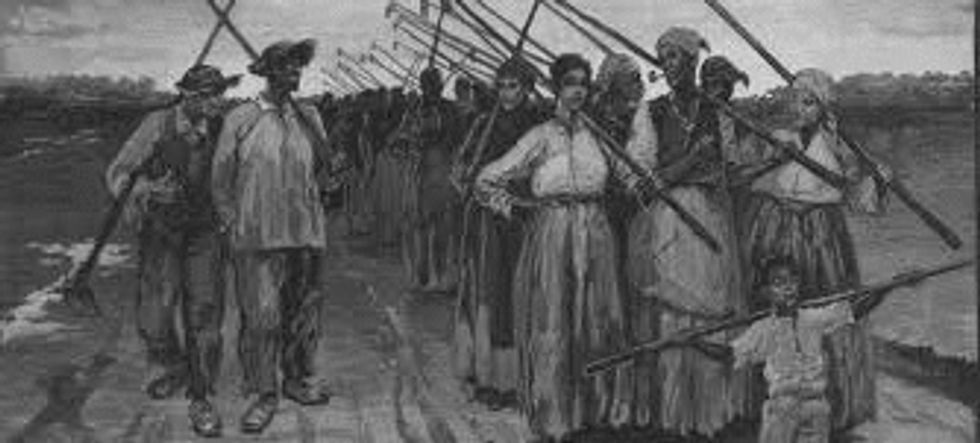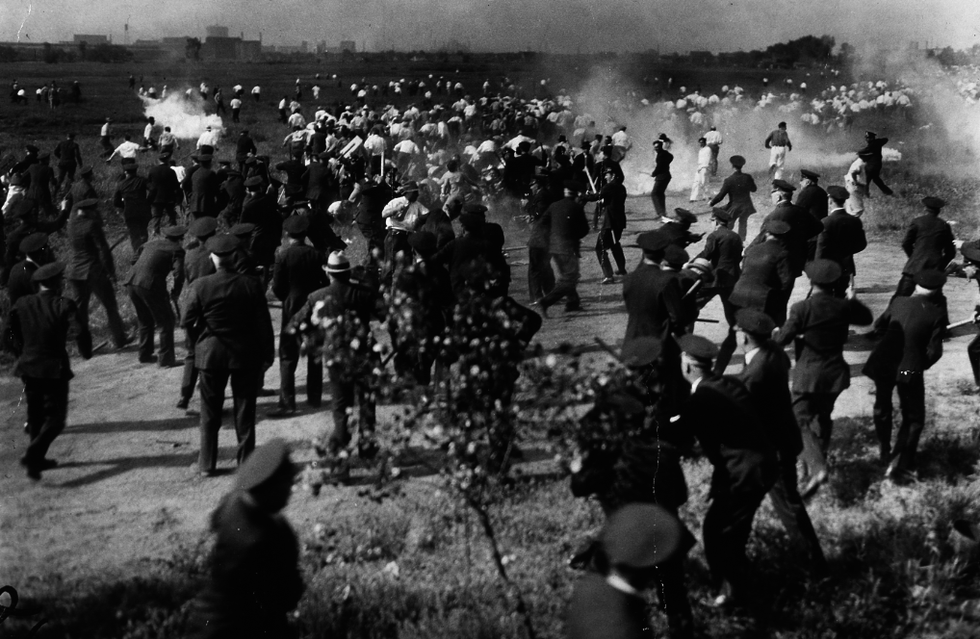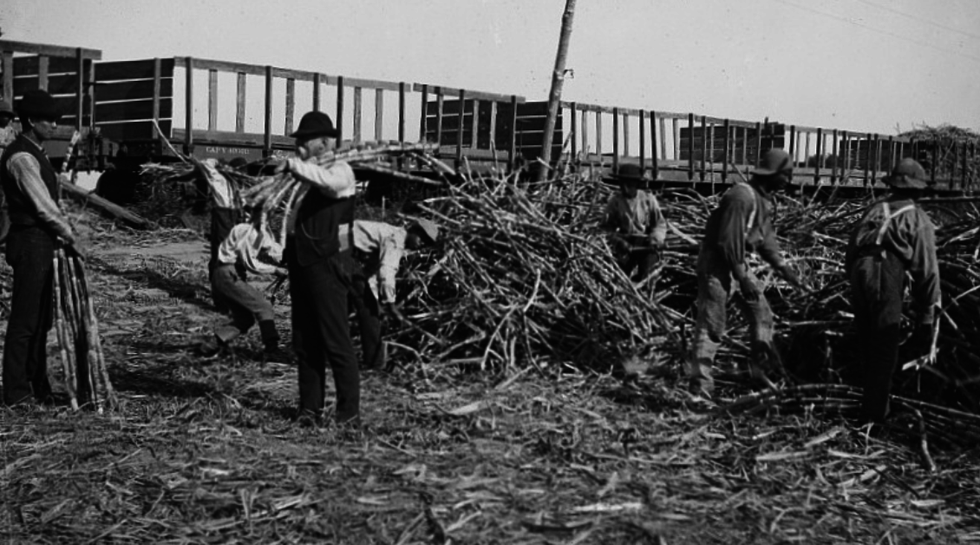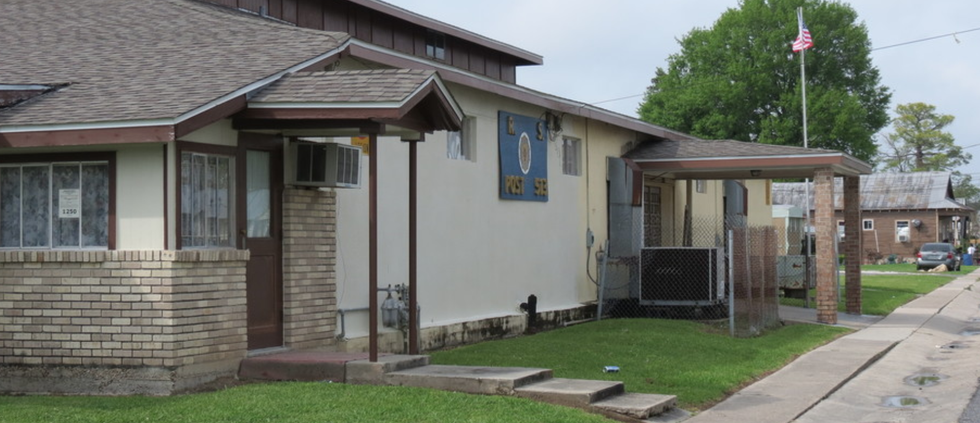"A Story Nobody Wanted Told"
The Thibodaux Massacre began merely as a strike. The strike involved as many as 10,000 workers, culminated a series of smaller strikes since 1880 in Louisiana's sugar country. Days before the massacre occurred, Judge Taylor Beattie ordered a state of martial law, meaning that no one was able to enter or leave the town. This made the strikers even more afraid. On November 23, 1887 armed mobs arrived in the Thibodaux, Louisana region and went on a shooting spree that lasted more than two hours. Black sugar cane workers and their supporters were housed in various home across southern Louisiana. The specific number of those dead it unknown, but recent reports have estimated 30-60 people.
"What they were paid, was essentially not enough"
The Knights of Labor originated as a secret organization meant to protect its members from employer retaliations. When the Nights of Labor made it to southern Louisiana, they scheduled a strike to begin on November 1, 1887. The strike began during the harvest period known as "grinding". This time period was crucial to sugar cane planters; they feared the possibility of losing their crops if the strike continued. For the strike, the sugar cane workers had two demands: an increase in pay to 1.25$ and cash payment. Sugar cane workers were paid about 42 to 60 cents a day. These workers were also paid in what is known as a script. A script was essentially a coupon that was only redeemable at the company's store owned by the planter's family; often, these prices were marked up to where it was hard for the sugar cane workers to afford anything.
Project Going Home
After one of the bloodiest days in United States labor history, bodies were placed in a makeshift mass grave. The grave is located in what is now Gerald Peltier Drive and Narrow Street. The union had ended with the strikers, and the gunmen went unpunished. There was no federal charge for those who had committed the murders, and no one dared to point fingers. Project Going Home seeks to unite all who live and work in Thibodaux and surrounding areas in a spirit of reconciliation of those who were buried unjustly. The American Legion Raymond Stafford Post 513 has given consented to allow exploration to be done on their property for the purposes of finding bodies that are expected to be buried in the mass grave. It is only right that those who were persecuted during this time period be brought justice.
Sources
"The Thibodaux Massacre Left 60 African-Americans Dead and Spelled the End of Unionized Farm Labor in the South for Decades." Smithsonian.com, Smithsonian Institution, 21 Nov. 2017, www.smithsonianmag.com/history/thibodaux-massacre-....
Associated Press. "In Thibodaux, 130-Year-Old Racial Massacre Draws New Attention." NOLA.com, NOLA.com, 14 Nov. 2017, www.nola.com/business/index.ssf/2017/05/thibodaux_massacre.html.























